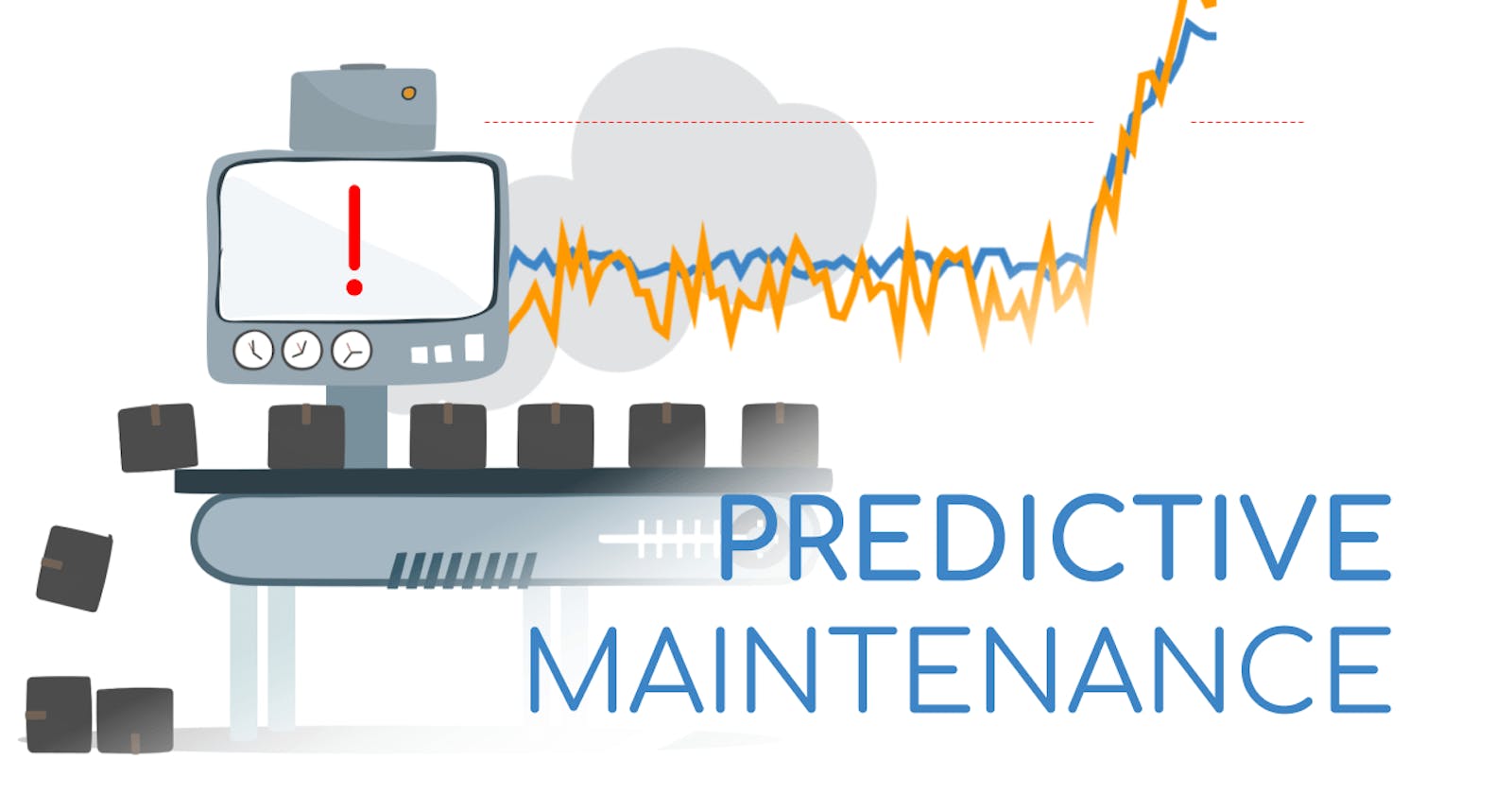Introduction:
Predictive maintenance is an approach to maintenance in which a system is monitored continuously, and data analysis is used to predict when maintenance will be required. By predicting when maintenance is needed, maintenance can be scheduled to minimize downtime and reduce costs. Predictive maintenance is particularly useful in manufacturing, where downtime can have a significant impact on production and profitability.
Predictive maintenance has been around for some time, but with the advancement of data science, it has become more accurate and efficient. Data science enables us to analyze large amounts of data from various sensors and sources and identify patterns that can predict when maintenance is required. By predicting when maintenance is required, maintenance can be scheduled to minimize downtime and reduce costs.
The Importance of Predictive Maintenance in Manufacturing:
In manufacturing, downtime can be a significant problem, particularly in the case of unplanned downtime. Unplanned downtime can occur due to equipment failure, which can lead to a chain reaction of issues. Equipment failure can lead to production stoppages, missed deadlines, and loss of revenue. Predictive maintenance can help mitigate these issues by predicting when maintenance is needed, allowing for maintenance to be scheduled at a time that minimizes downtime.
Predictive maintenance is particularly useful for critical equipment, where downtime can be particularly costly. For example, a pump failure in a chemical plant can cause significant damage and even endanger human lives. Predictive maintenance can help prevent pump failures by predicting when maintenance is required.
Predictive maintenance can also help reduce maintenance costs. By scheduling maintenance when it is required, maintenance can be performed when it is most efficient, reducing the amount of time and resources required. This can help reduce maintenance costs and increase efficiency.
How Data Science is Used in Predictive Maintenance?
Data science is used in predictive maintenance to analyze large amounts of data from various sources, such as sensors and other monitoring devices. The data is analyzed to identify patterns and anomalies that can indicate when maintenance is required. Machine learning algorithms are used to analyze the data and develop models that can predict when maintenance is required.
The first step in predictive maintenance is data collection. Data can be collected from various sources, such as sensors and other monitoring devices. The data is then stored in a database, where it can be accessed and analyzed.
Once the data has been collected, it is cleaned and preprocessed. Data cleaning involves removing any errors or anomalies in the data that may skew the results. Data preprocessing involves transforming the data into a format that can be analyzed by machine learning algorithms.
After the data has been cleaned and preprocessed, machine learning algorithms are used to develop models that can predict when maintenance is required. There are several machine learning algorithms that can be used for predictive maintenance, including decision trees, random forests, and neural networks.
The machine learning models are trained on historical data, which is used to identify patterns and anomalies that can indicate when maintenance is required. Once the models have been trained, they can be used to predict when maintenance is required based on real-time data.
Benefits of Predictive Maintenance in Manufacturing:
There are several benefits of using predictive maintenance in manufacturing. These benefits include:
Reduced Downtime - By predicting when maintenance is required, maintenance can be scheduled to minimize downtime, reducing the impact on production and profitability.
Increased Efficiency - By scheduling maintenance when it is required, maintenance can be performed when it is most efficient, reducing the amount of time and resources required.
Improved Safety - Predictive maintenance can help prevent equipment failure, which can lead to accidents and endanger human lives.
Cost Savings - Predictive maintenance can help reduce maintenance costs by scheduling maintenance when it is required, reducing the amount of time and resources required.
Increased Asset Life - Predictive maintenance can help extend the life of assets
by identifying and addressing issues before they become critical. This can help companies save money by extending the lifespan of expensive equipment.
Better Planning - Predictive maintenance can help companies plan for maintenance activities, ensuring that they have the necessary resources, parts, and equipment available to perform maintenance when it is required.
Improved Product Quality - Predictive maintenance can help reduce the likelihood of equipment failure, which can lead to production issues and poor product quality.
Challenges of Predictive Maintenance in Manufacturing:
While predictive maintenance offers many benefits, there are also some challenges associated with implementing this approach. Some of the main challenges include:
Data Quality - Data quality is crucial for predictive maintenance to be effective. Poor quality data can lead to inaccurate predictions and unreliable results. Data must be cleaned, preprocessed, and verified before it can be used for predictive maintenance.
Data Access - In some cases, accessing the necessary data can be a challenge. Manufacturers may need to invest in additional sensors or monitoring equipment to collect the necessary data.
Complexity - Predictive maintenance involves the use of advanced algorithms and machine learning techniques, which can be complex and difficult to implement. Manufacturers may need to invest in specialized talent or partner with data science experts to implement predictive maintenance.
Cost - Implementing predictive maintenance can be expensive, particularly if additional sensors or equipment need to be installed. However, the cost savings associated with reduced downtime and improved efficiency can often offset these costs over time.
Conclusion:
Predictive maintenance is a powerful approach to maintenance that can help manufacturers minimize downtime, reduce costs, and improve safety. Data science is a crucial component of predictive maintenance, enabling manufacturers to analyze large amounts of data and predict when maintenance is required. While there are some challenges associated with implementing predictive maintenance, the benefits are clear. As manufacturers continue to look for ways to improve efficiency and reduce costs, predictive maintenance is likely to become an increasingly popular approach to maintenance.
